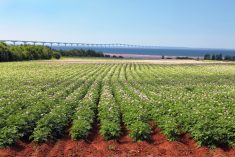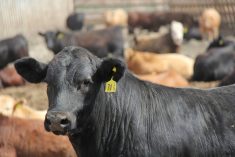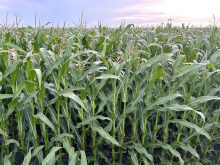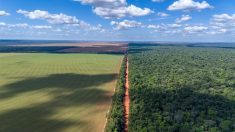Canadian National Railway (CN) will put up $1.8 million to settle all charges stemming from a pair of derailments and spills in Alberta and B.C. in August 2005.
Of that, the railway said in a release Monday, about $1.65 million will be directed to “various environmental and emergency response programs” in the two provinces.
“These programs, designated by the provincial and federal governments with CN’s input, will support the prevention and remediation of future environmental incidents, both rail and non-rail related.”
CN said it will also continue to work with the federal government and provinces to “further enhance its emergency response plans” and to partner with authorities in “environmental-sensitivity mapping” of bodies of water along its rail lines in both B.C. and Alberta.
Read Also
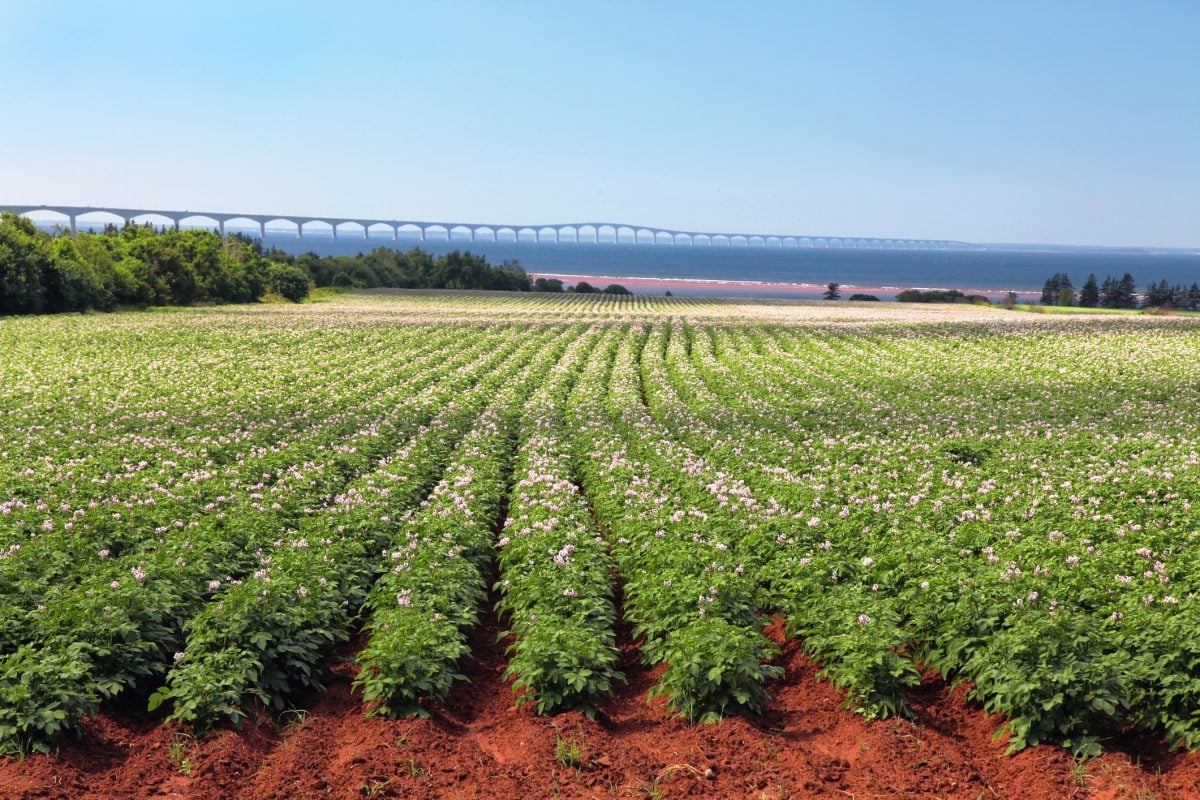
CFIA looks for feedback on proposed seed potato rule changes
The Canadian Food Inspection Agency is looking for public and industry input on proposed amendments to regulations around seed potatoes.
“These programs show that CN has lived up to the commitments it made at
the time of these unfortunate incidents,” CN CEO Hunter Harrison said in the company’s release Monday. “We said we would repair any damage done and fairly compensate those affected. We have done what we said we would do.”
The Alberta incident involved 43 railcars that went off CN’s track beside Lake Wabamun, about 60 km west of Edmonton, on Aug. 3, 2005, spilling over 712,000 litres of Bunker C oil and about 88,000 litres of pole-treating oil into the lake.
In all, CN said, the company and its insurers spent over $132 million on remediation and compensation from the Wabamun derailment and spill, including hiring international experts to guide the remediation programs carried out by hundreds of workers over the following months, as well as hiring independent experts to help affected residents to resolve spill-related issues.
The company also said it has “achieved fair and reasonable out-of-court financial settlements with parties affected by the derailment and spill,” including Lake Wabamun residents and the Paul Band First Nation. CN said it has also established depots of containment boom and wildlife recovery supplies in Alberta and B.C., for use in any incident that requires such material.
Ongoing testing and monitoring show no traces of oil remain in the
water column and “minimal” solid tarball presence on the lake floor that poses no risk to humans, fish, wildlife or habitat, the company said, though its testing and monitoring programs are to remain in place.
In a separate release Monday, the Alberta government noted that its portion of the fine will be paid in trust to Edmonton-based tech school NAIT, to develop courses on emergency preparedness and incident command for volunteer firefighters.
Fish populations
The other incident, two days later on Aug. 5, 2005, involved seven rail cars derailing off a bridge over the Cheakamus River north of Squamish, B.C., including a tank carload of sodium hydroxide that spilled into the river.
“All parties have agreed,” CN said, that the company immediately reported the spill to the provincial emergency program and responded “promptly and appropriately” to the release of the chemical.
The river had returned to natural conditions within 24 hours and was re-opened to the public within 48 hours, CN said Monday, adding there were no effects on downstream potable water wells. In this case, CN said, its remediation efforts have focused on rebuilding the affected fish populations.
The company and affected governments formed the Cheakamus Ecosystem Restoration Technical Committee (CERTC) later in August 2005 with the goal of rehabilitating and restoring the Cheakamus “as quickly as possible.”
To that end, CN said it has funded CERTC with about $5.3 million and backed a local marketing initiative to promote the region as “the outdoor recreation capital of Canada.”
Recovery efforts, CN said, are “progressing and the Cheakamus River is responding well.” Recovery strategies such as fish culture and habitat enhancements have been implemented and are expected to “accelerate the recovery of the Cheakamus River ecosystem to a pre-spill state, as well as remediating pre-existing environmental issues that were affecting local fish populations.”
CN said it has also established a $2 million Cheakamus Ecosystem Recovery Fund to complement other recovery efforts, so far backing about a dozen enhancement projects by local environmental stewardship groups.



